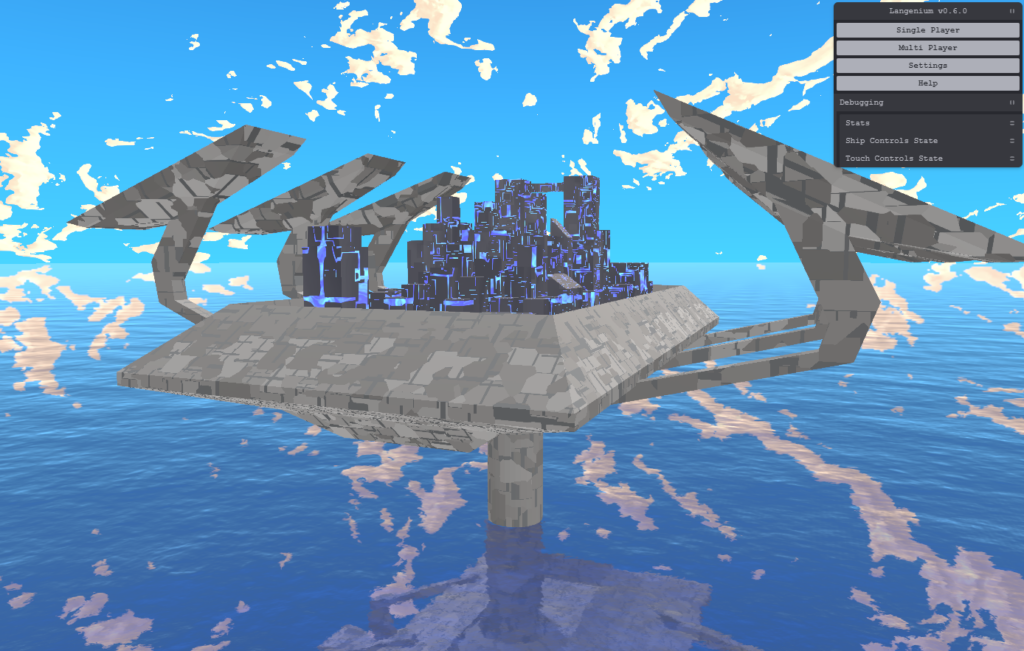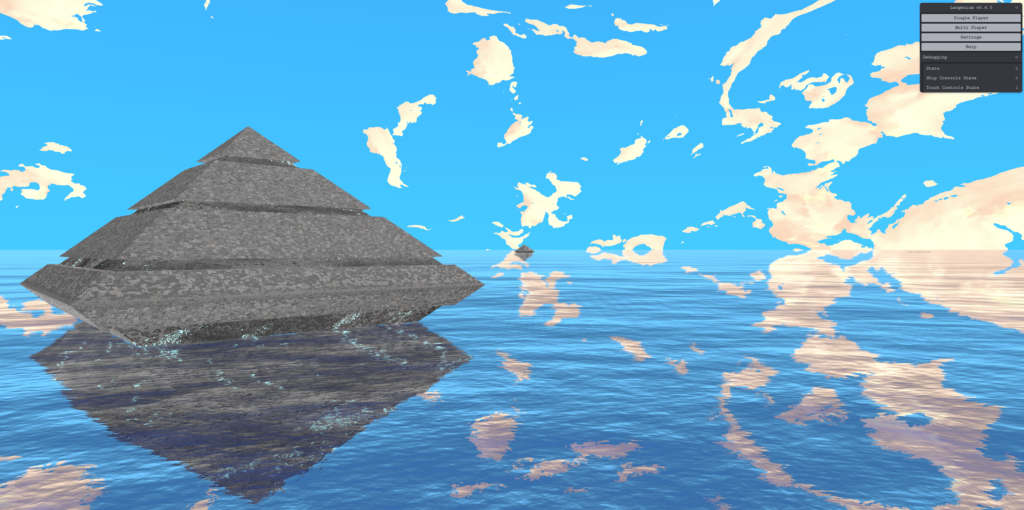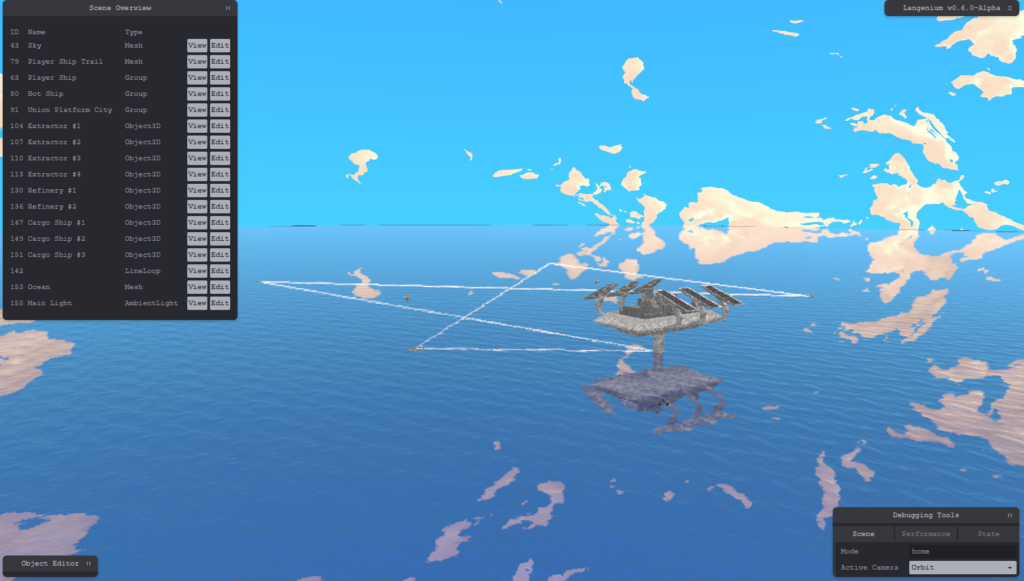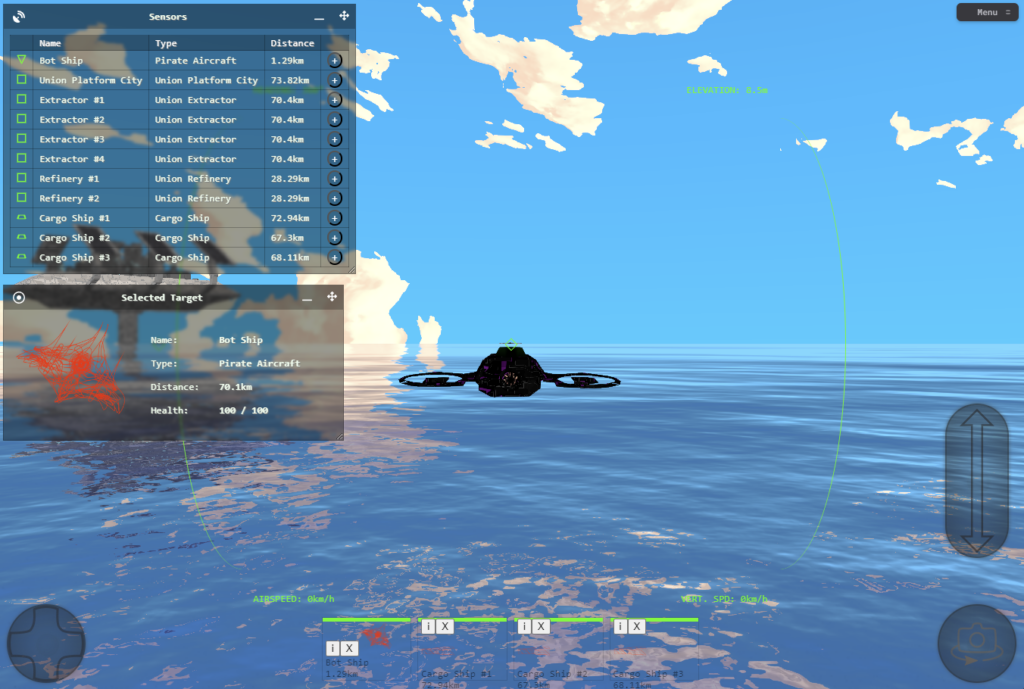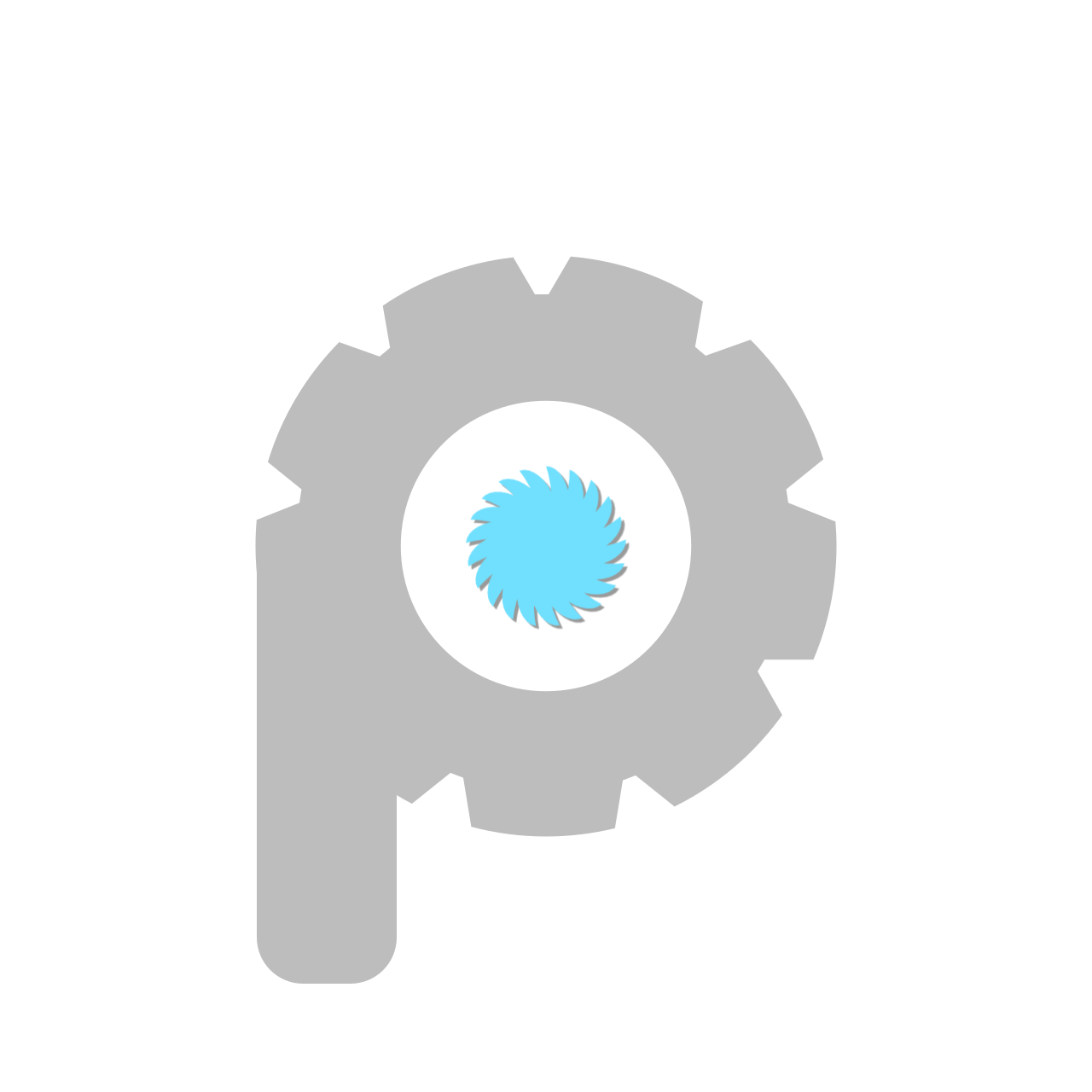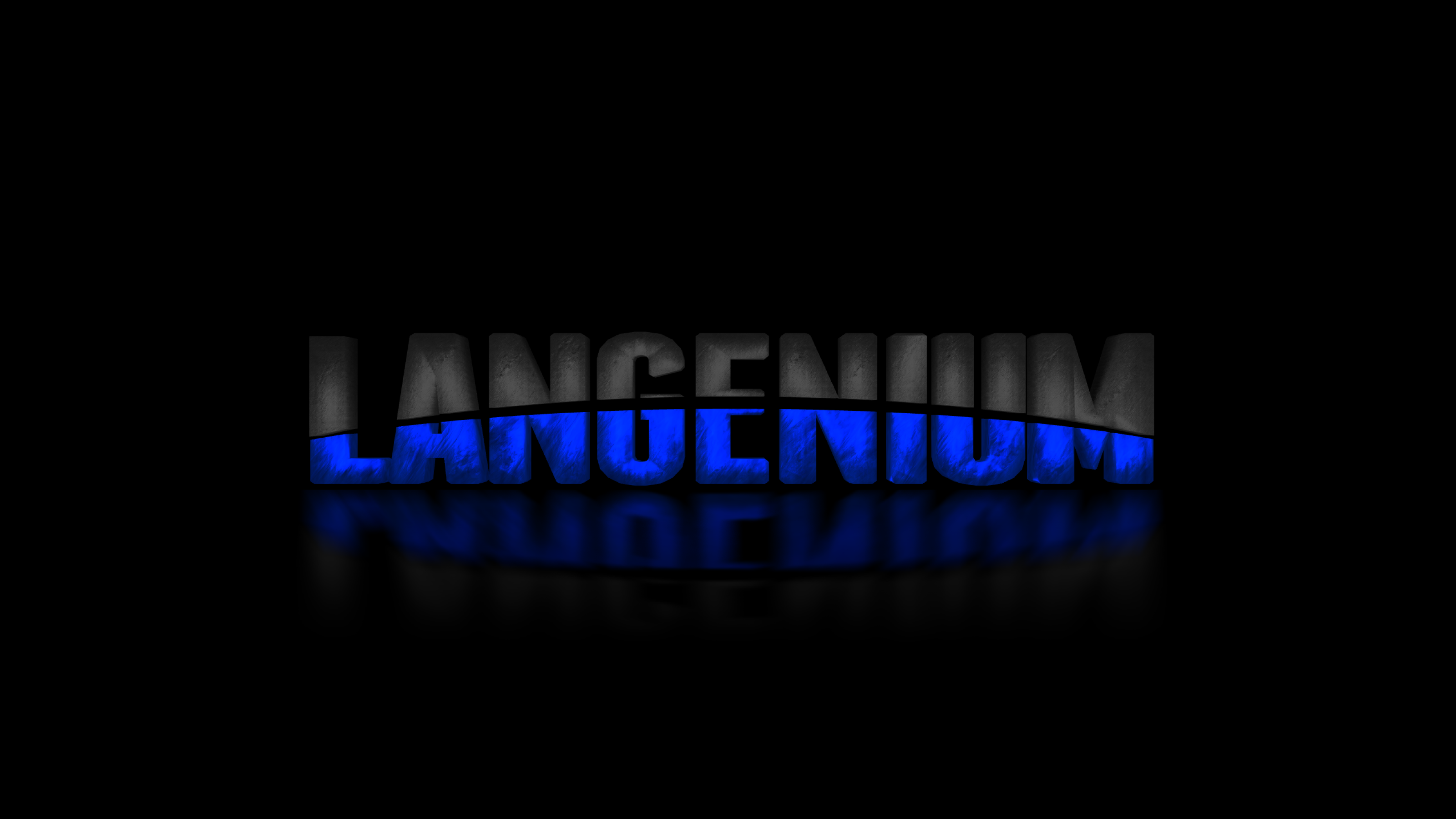In 2012, I was playing Eve Online and doing a Level 4 mission. It wasn’t my first one of the night, I’d been grinding trying to get extra ISK (in-game money) so I could buy upgrades I wanted. If I did well enough, I might have been able to buy a PLEX subscription pass! Not knowing about a new game mechanic where players could “sniff out” private mission instances of space, I thought I was safe when another player started messaging me with blackmail saying to give them all my in-game money or they’d blow me up. I refused, and watched all my hard work go up in smoke via mechanics I didn’t even know existed in the game. The other player appeared in the area I thought was private to me and instantly killed me. This is a fairly typical occurence in Eve Online, inexperienced players like myself taking devastating losses in a vast and complex game. But it still stung deep, I thought I’d had a decent handle on how to play the game and felt this new mechanic had blindsighted me and unfairly undone my hard work.
Feeling frustrated with the “wild west” mechanics of Eve Online, I decided to make my own game. My concept was simple enough – an online multiplayer world you can freely explore, all delivered via the web browser. Using three.js and node.js, I was able to produce a prototype of what I wanted, but the scale of the project was beyond my capacity to design and build it. While I was capable of implementing specific tech related concerns like calculating missile trajectories and setting up servers for multiplayer – I struggled with the creative side of the project. I had the skills to write and produce art that was good enough for the project, but my art lacked a mature point of view.
By 2015, my life had undergone some significant changes – end of long term relationship, the sale of my first home and a return to the hectic life in web agencies from the dreary and slow corporate world. I wasn’t able to afford the server instance and decided to refactor the engine to work without a server. This client only version of Langenium was cool as it was the only version I’d developed different scenes in. It also led to the development of a separate project called Kettlefish, which is a static website building script using my preferred stack.

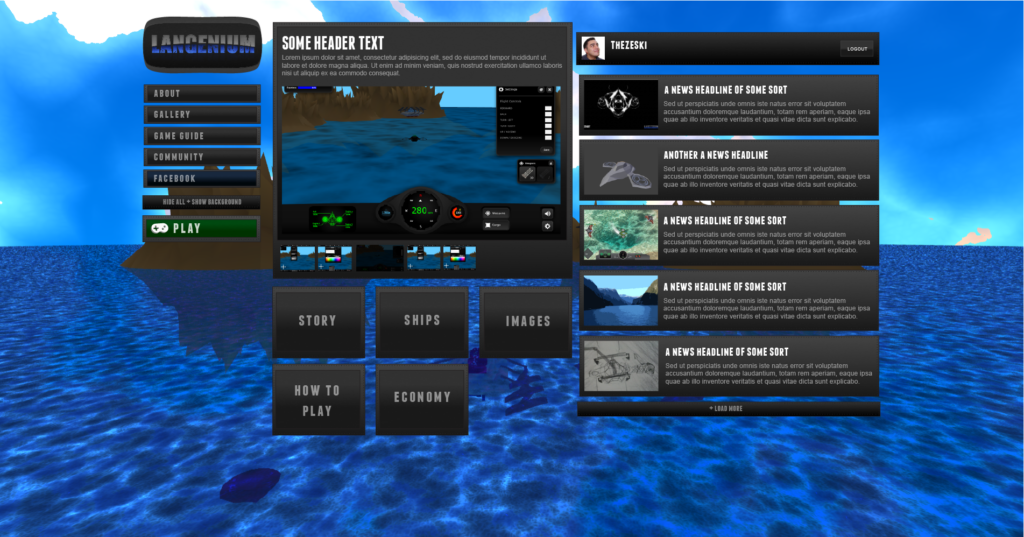
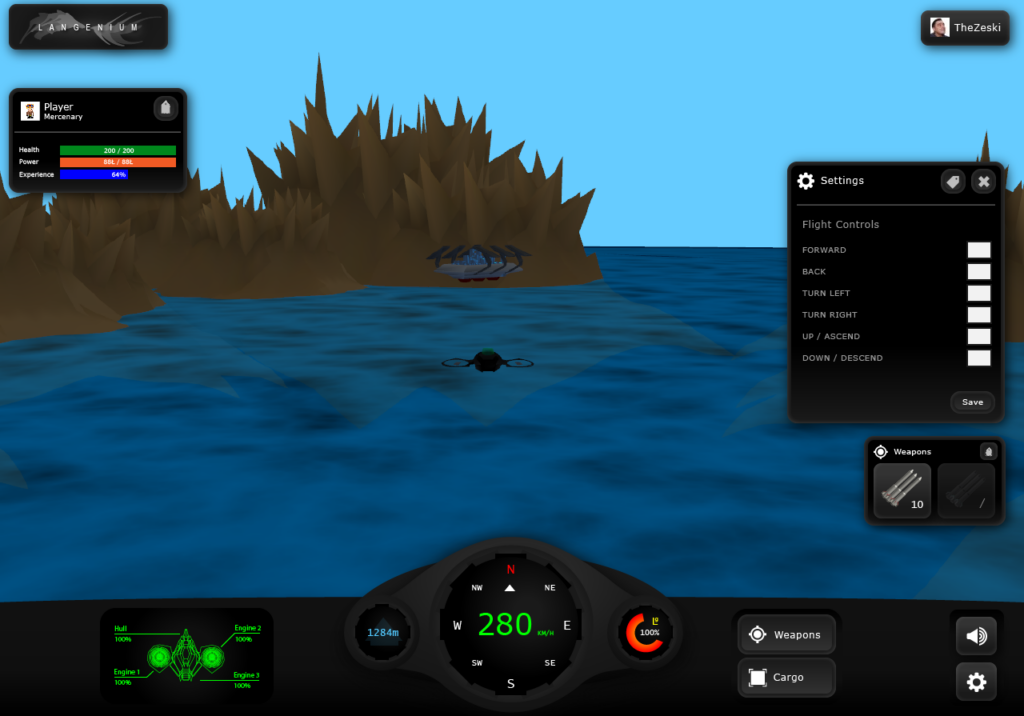
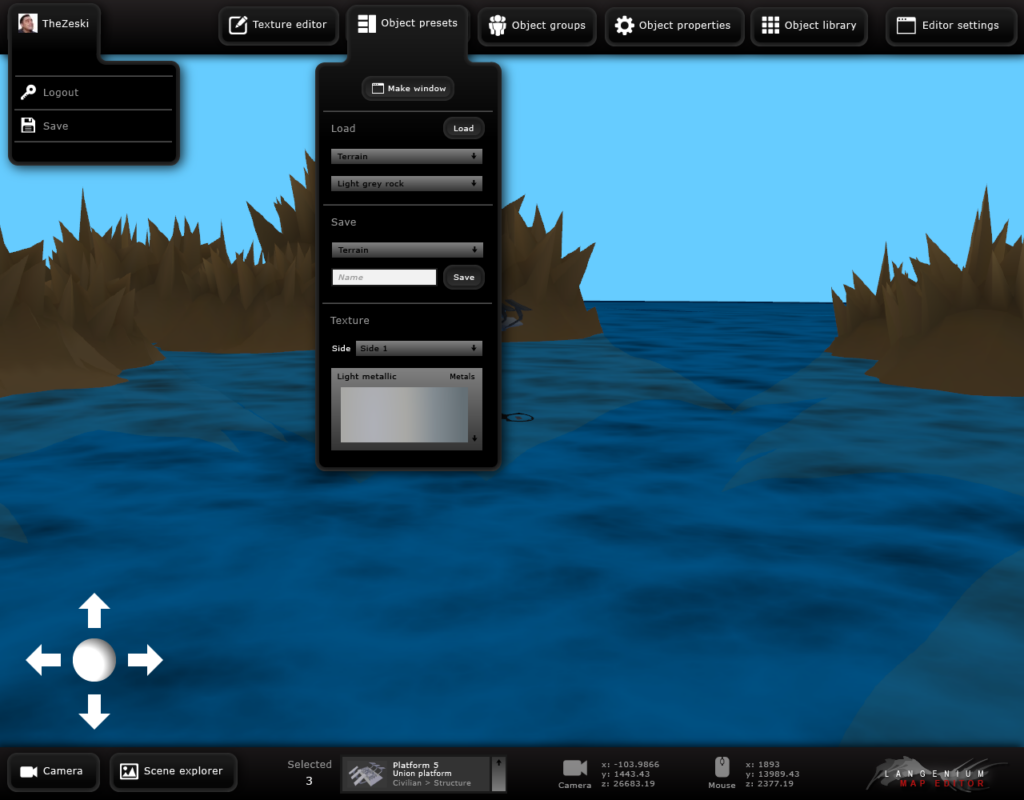
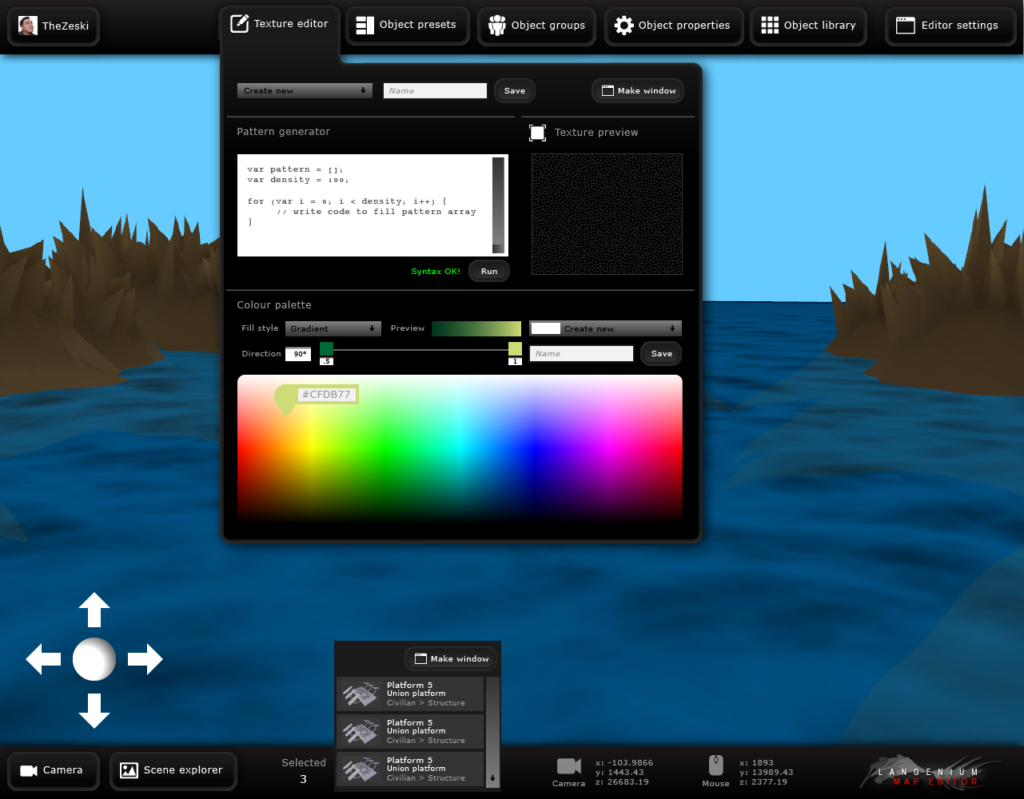
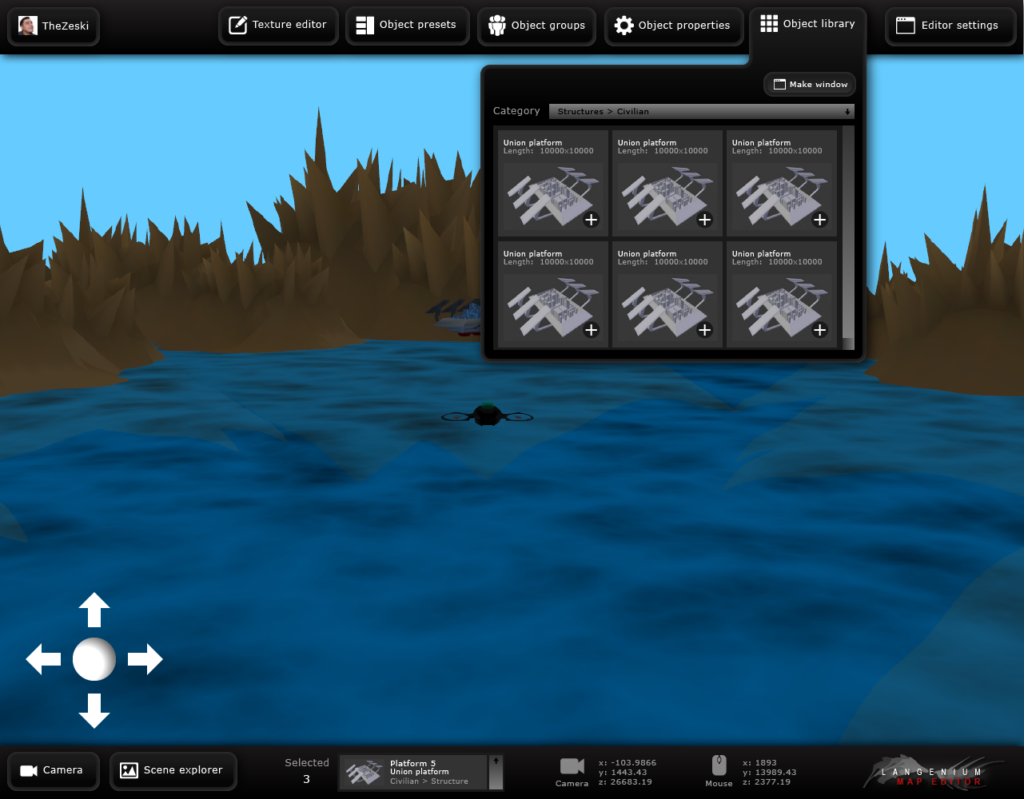
By 2017, I had no time or interest to work on the Langenium project anymore and essentially decided to just put it on hold indefinitely. After a few years of building websites for others I began to feel disillusioned by the industry entirely. Frustrated with industry norms and practises – we prioritise expedience over understanding, we seek approval over quality and as developers we protect our jobs and source of income out of fear. Projects that should be completed in a year take years, leading to disputes and dissatisfaction. Clients and developers at wits end because business leaders and project managers have no clue what they’re doing and no one steps up to speak the truth so that things can get back on track. Founding staff who are key to day to day operations, beloved by clients and production teams – paid peanuts and treated like they’re disposable. Given a payrise only when the business needs to keep them, not because it’s earned.
I felt the weight of these issues in my work and wanted to free myself from the cycle of suffering that was causing my mental health to spiral over and over again. The commodification of our industry where unskilled juniors make up the majority of the workforce, have no personalised technical leadership or guidance – just some cold generic technical manuals from corporate cloud setups like Meta, Microsoft, Google or Amazon. Anyone who pushes back on management’s exact vision is seen as a problem rather than someone who cares. This mentality has created an environment where clients data and business continuity are at constant risk of a catastrophe due to the lack of true understanding and technical expertise. This isn’t just my opinion – it’s shared by the owner and founder of an agency I used to work at. When journalists asked what led to the failure of his company he explained it was a lack of focus and expertise on technology. They’d gone too hard into the marketing and consultation side of their work without enough understanding of the tech. An award winning agency of twenty years with offices all over the world was wiped out by litigation in a matter of months. Their mistake? Leaving a database dump in a public folder.
While Langenium is a highly specific project – I have frequently referenced its code when implementing solutions for clients and employers. Mapping and business intelligence software projects have benefited from techniques like requestAnimationFrame for smoother user experience when displaying changing data sets. Designing and refactoring PHP and Java based systems using approaches arising from Langenium development. Even WordPress theme builds have benefitted from Langenium’s Javascript and CSS related innovations.
In December 2023, I decided attend a local tech startup event hoping to meet like minded people and see what the local tech startup community was up to. To my dismay, there was not a very strong focus on technology or innovation at the event. While terms like “tech” were used to market the event and web and software developers I knew were in attendance, the focus of the event was purely on fundraising and on attracting investors. This is certainly a very important part of tech business, but it’s only one element. As a technologist and enthusiast, I was hoping to see a vision for Australian innovation and technical excellence. I wanted to see software ideas, new gadgets and companies talking about changing the world. To be fair – some of those companies were doing that with their businesses but that wasn’t the focus of the event nor was there an atmosphere that really focused on that being the overall goal of the attendees. Money was at the center of everything, and so as I sat drinking my beer alone watching my friends enjoy the socializing size of the event I decided to get back to it and keep working on Langenium. In the decade since starting the project and a few years of it being on hold, there was still no contender to do anything like I’d set out to. There was still room for a solo developer like myself to do something new.
The new phase of the project has been in development for about 18 months and has surpassed the original in every way. 13 years ago we didn’t have very powerful phones, WebGL barely worked in the browser… nowadays we can do a lot more. The completed v6 build of Langenium has new feautures like touchscreen controls, guided missile systems, a minimap and procedurally generated buildings and materials. My process of leveraging time spent developing Langenium and using what I learn when building stuff for others continues. The refactor of the project made me come up with a mentality and strategy for refactoring that I’ve applied to client projects. I understand Object Oriented Programming better than I used to. I’ve delivered projects that would have taken half a year in a month or two now, getting to the heart of issues and designing smart solutions with ease because I’ve dealt with bigger fish in my free time. One of my core beliefs as a developer is that we’re only as smart as the reference materials we have access to. No one can store every thing in their memory, and with the constant release of new technologies and solutions it’s impossible to keep track fo everything. By committing my free time to my craft and honing it in ways that I’m interested in, I’ve not just found a good outlet for my past frustration – it’s helped me rebound that into positive outcomes for my work, my clients and my health. If you’re a developer or just having similar feelings about your career – I encourage you to delve into that hobby as hard as you can. Don’t worry about the hustle – follow your heart so that doing the work comes with ease. You never know what might happen if you do.

